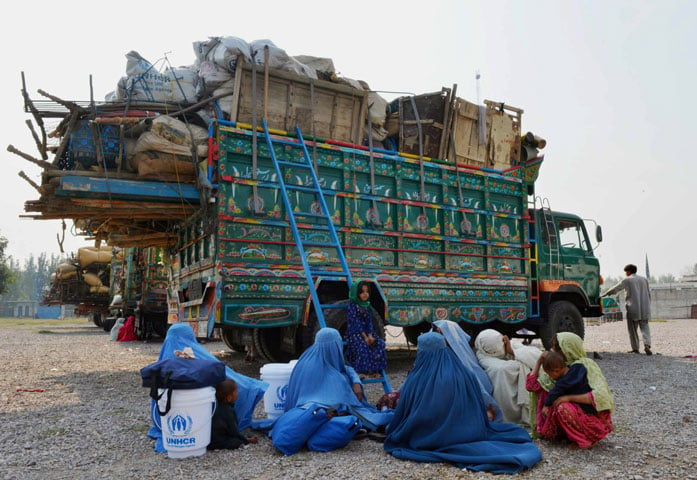
Unfortunately, what happens on ground seldom matches our reality, but the desire of reaching an understanding of anarchy keeps pushing us to produce reports, an entire episteme of reportage exists on how to fill the gaps in understanding.
The most recent being the survey by the administration that controls the Federally Administered Tribal Areas (Fata), an administration that managed to reach around 4,000 houses to build an understanding of what the post-crisis situation looks like. However, it excluded some areas from two administrative units under its ambit and completely skipped North Waziristan Agency. The report is titled FATA Development Indicators Household Survey (FDIHS) 2013-14. The tenure of the current governor is not included in the report as it came out two years late. The effort, nevertheless, should be appreciated, but not without criticism.
Wonky baselines
While the survey would be used as a baseline to develop Fata, it was presented in Islamabad, not in the area which it is meant for or in Peshawar, much like several of the political agents’ offices are located outside the agencies. Since 4,000 houses were used to generate data to be used to understand over 2 million people, there is a chance, this baseline itself might not stand to scrutiny.
However, the report maps out almost 50 indicators that shows the dismal state of education, health and unemployment in the region. It gives an idea of the state of women and children in the area – a demographic most neglected.
The survey itself creates a sense of urgency. It is extremely urgent and important that lessons are yielded from statistics, which are converted to reality unlike other reports that Fata Secretariat funded just to promote understanding of the area and cash the tribal stereotype. Surveys have been conducted previously to highlight tourist spots in Fata and build them as tourist attractions at the height of conflict.
Though it is true all those plans might take time to actually happen, but for any improvement to actually take place, it is imperative people are allowed to inhabit that region.
There are two hindrances to that, the first being the security of the area, which we are told repeatedly has drastically improved, and secondly, the administrative set-up of the area itself, which requires a serious overhaul. In that case, there needs to be visible change in reshaping the area from a security zone to an area inhabited by real humans and not just statistics.
Published in The Express Tribune, December 30th, 2015.
1732503274-0/Untitled-design-(43)1732503274-0-405x300.webp)
1732501636-0/Untitled-design-(42)1732501636-0-165x106.webp)

1732498967-0/Outer-Banks--(1)1732498967-0-165x106.webp)
1732086766-0/BeFunky-collage-(74)1732086766-0-165x106.webp)






COMMENTS
Comments are moderated and generally will be posted if they are on-topic and not abusive.
For more information, please see our Comments FAQ